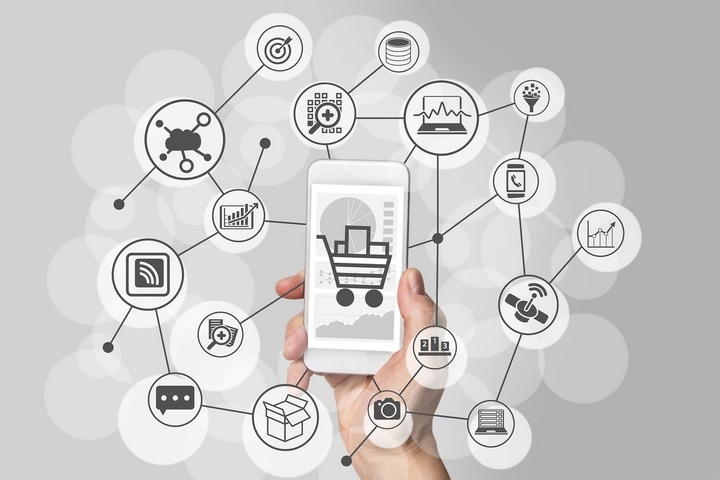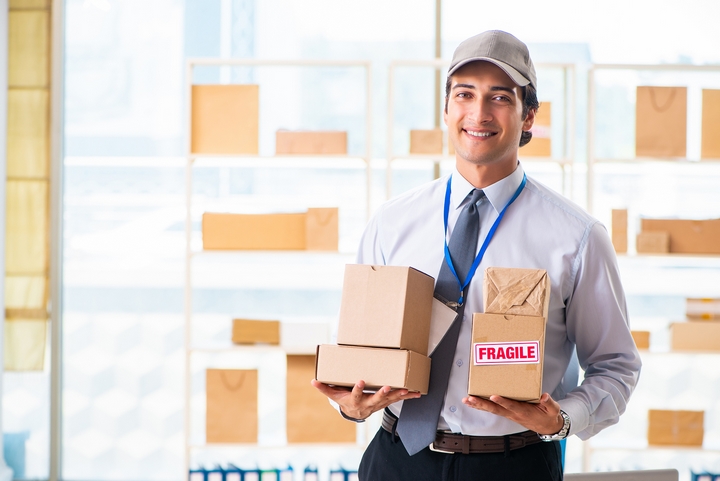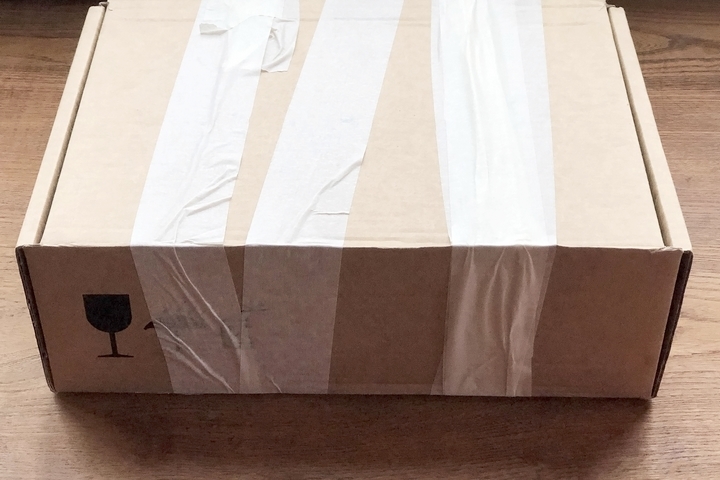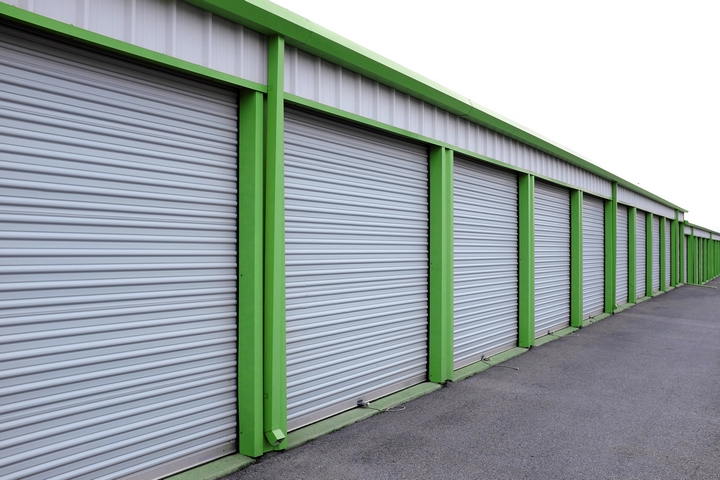Fulfillment, or eCommerce fulfillment, is how you store, package, and ship your Inventory. It’s another word that refers to inventory product management. Any process involved with storing, packing, and shipping orders is eCommerce fulfillment. It’s also how your store handles returns and exchanges, as the inventory returns to your count. Fulfillment is the standard in-house for smaller businesses and entrepreneurs starting, while others use a third-party fulfillment service center.
Optimized eCommerce fulfillment services earn trust and makes the customer happy. If they don’t receive their product on time, receive a damaged or incomplete product, or don’t receive the product at all, that’s a massive, massive issue. If your fulfillment is not reliably solid, you can damage your company’s reputation by failing to match customer expectations.
Let’s learn more about e-commerce fulfillment.
Placing an Order

When a customer buys something through your eCommerce store, it creates an order requiring fulfillment. The details included will be what product it is, the shipping address, and payment details. This process is almost always automated, with the data being collected and entered automatically into your database.
Multi-Channel Fulfillment

Multi-channel fulfillment is when you have multiple channels through which a product can be bought, such as setting up a Shopify store or Amazon store and selling the product directly on social media.
Managing and fulfilling multi-channel orders requires careful planning. You can have independent fulfillment options for each or keep order fulfillment all in the same place if that’s easier.
Verifying Inventory

Once you receive the order, the next step in eCommerce fulfillment is verifying the product is in stock. If not, a second order must be placed with the supplier or manufacturer. If the product is available, it must be verified, and then the order can move on to processing.
Processing an Order

The product is picked out from your total inventory to process an order. It is then packaged appropriately and labelled for shipping. To pack an order, one must ensure padding and protective material to keep the product safe in its box or envelope. After it’s packed, the fulfillment job is not done just yet.
Shipping & Tracking an Order

After applying, a shipping label is sent out using the courier service or shipping company you selected. A large part of order fulfillment in eCommerce is making sure the bought product is delivered to the customer on time. You must anticipate how long shipping will take and ensure a product is mailed out within the promised time frame.
Multiple Shipping Options

Though not all do, some eCommerce brands offer multiple shipping options for customers. This might allow a customer to receive a product faster, such as with express shipping, than standard shipping. This option is usually incorporated into the customer’s checkout experience before order creation.
When There Is A Return

How you process returns is based on your return policy. Suppose a customer wants to return a product. In that case, an eCommerce business typically sends a return shipping label and processes the return, reimbursing the customer upon receipt of the returned product.
Upon receiving the product, inspecting it for additional damage or verifying the customer’s claims is common practice before issuing a refund.
Knowing Your Fulfillment Costs

A large part of optimizing eCommerce fulfillment is knowing the total fulfillment cost. In time, you may identify opportunities to save money in fulfillment by optimizing inventory management, packing, shipping, and returns. These are important costs to look at but are also easy to overlook when managing the full scope of an eCommerce brand.
Fulfillment Costs vs Acquisition Costs

At the same time you think about reducing eCommerce fulfillment costs, there are also customer acquisition costs to consider. For example, ‘free delivery’ is important to 4 out of every 5 shoppers. We also know more than half of regular eCommerce buyers have abandoned their carts because of high delivery costs.
If you have a high cart abandonment rate or some metrics, hint at something like this, paying more short-term to gain a long-term customer and derive more value from that interaction may make sense.
Outsourcing eCommerce Fulfillment

What a lot of companies do, as they grow, is find it more affordable to outsource their fulfillment to a third-party logistics provider. This makes them responsible for ensuring eCommerce fulfillment follows the specified standards while allowing you time to focus on growing your business.
Why In-House Fulfillment May Be Better

In-house fulfillment works if you sell a low volume of products, have reliable logistics set up, and don’t have overly complicated packing and shipping. You can have in-house eCommerce fulfillment. However, it can go awry if you have a large variety of products or the quantity is too much to reasonably store and sell. This isn’t addressing the high overhead costs that companies pay to manage fulfillment in-house, either.












